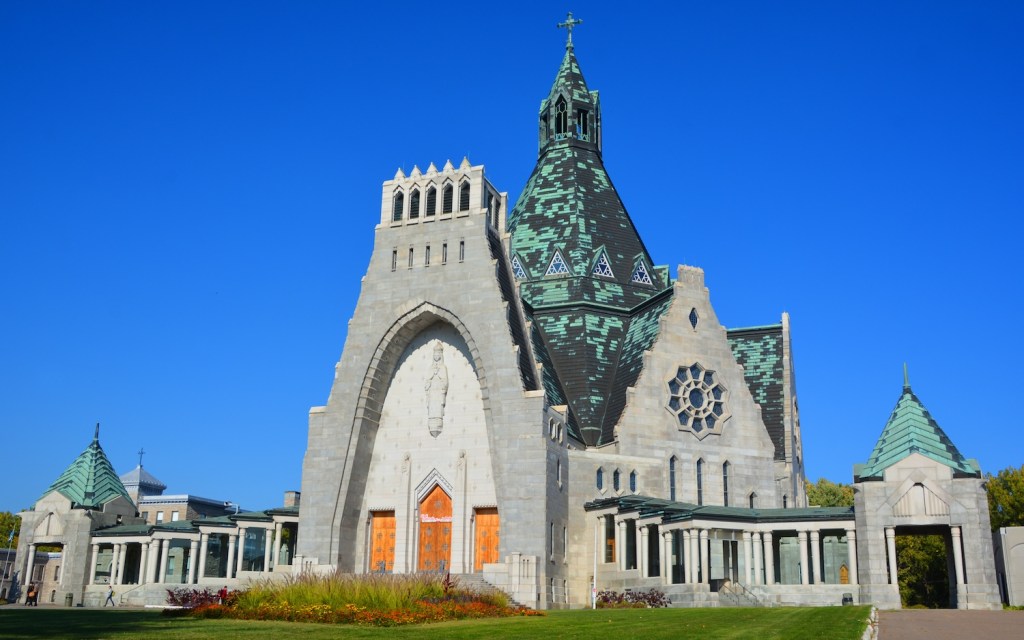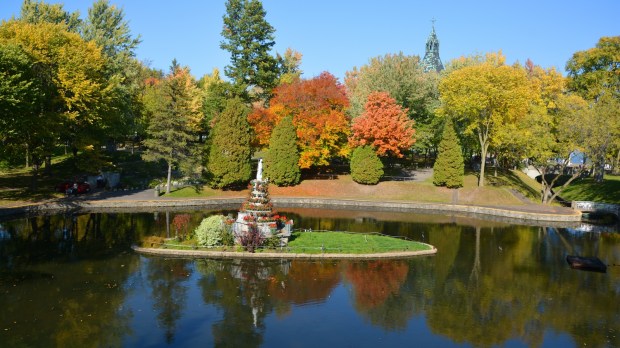Lenten Campaign 2025
This content is free of charge, as are all our articles.
Support us with a donation that is tax-deductible and enable us to continue to reach millions of readers.
In Canada there exists a popular shrine to the Blessed Mother, with an image called Our Lady of the Cape that has its roots in the 19th century.
The story of this particular statue begins in 1867 when a parish had fallen into decline as the church was without a resident pastor.
When Fr. Luc Desilets was assigned to the parish, he saw a pig inside the church chewing on a rosary.
According to the website of the shrine, the priest thought, “‘The people drop the Rosary and the pigs pick it up!‘ That moment led Fr. Luc Desilets to make a powerful vow to dedicate the remainder of his life to the promotion of the Confraternity of the Most Holy Rosary. This vow to Our Lady would set into motion a series of divine interventions that transformed this tiny church in the middle of nowhere into a national shrine and a devotion that has spread across Canada throughout the world.”
The statue of the Blessed Mother enshrined at the church was a donation from a parishioner seeking the intercession of the Virgin Mary and was designed to be similar to the image of Our Lady as she appeared to St. Catherine Laboure.

Zelda Caldwell narrates what happened next in an article for Aleteia:
The shrine became known as a place of miracles in 1879. Because of its growing number of parishioners, plans were made to build a larger church. When the St. Lawrence River failed to freeze over that year, sleds conveying stones for the church could not make it across the river.
Fr. Desilets asked the faithful to pray for the intercession of the Blessed Mother, and in what is known as “the Miracle of the Ice Bridge,” pieces of ice floated downstream to form a bridge to allow construction to proceed.
In 1888 the church was formally dedicated to Our Lady, Queen of the Most Holy Rosary.
On the evening of the dedication Fr. Desilets, accompanied by another priest and a parishioner witnessed the statue’s eyes open. That occurrence, and a number of reported cures, led to an increase in the number of pilgrimages made to the church.
The Shrine of Our Lady of the Cape remains a popular pilgrimage destination in Canada.



